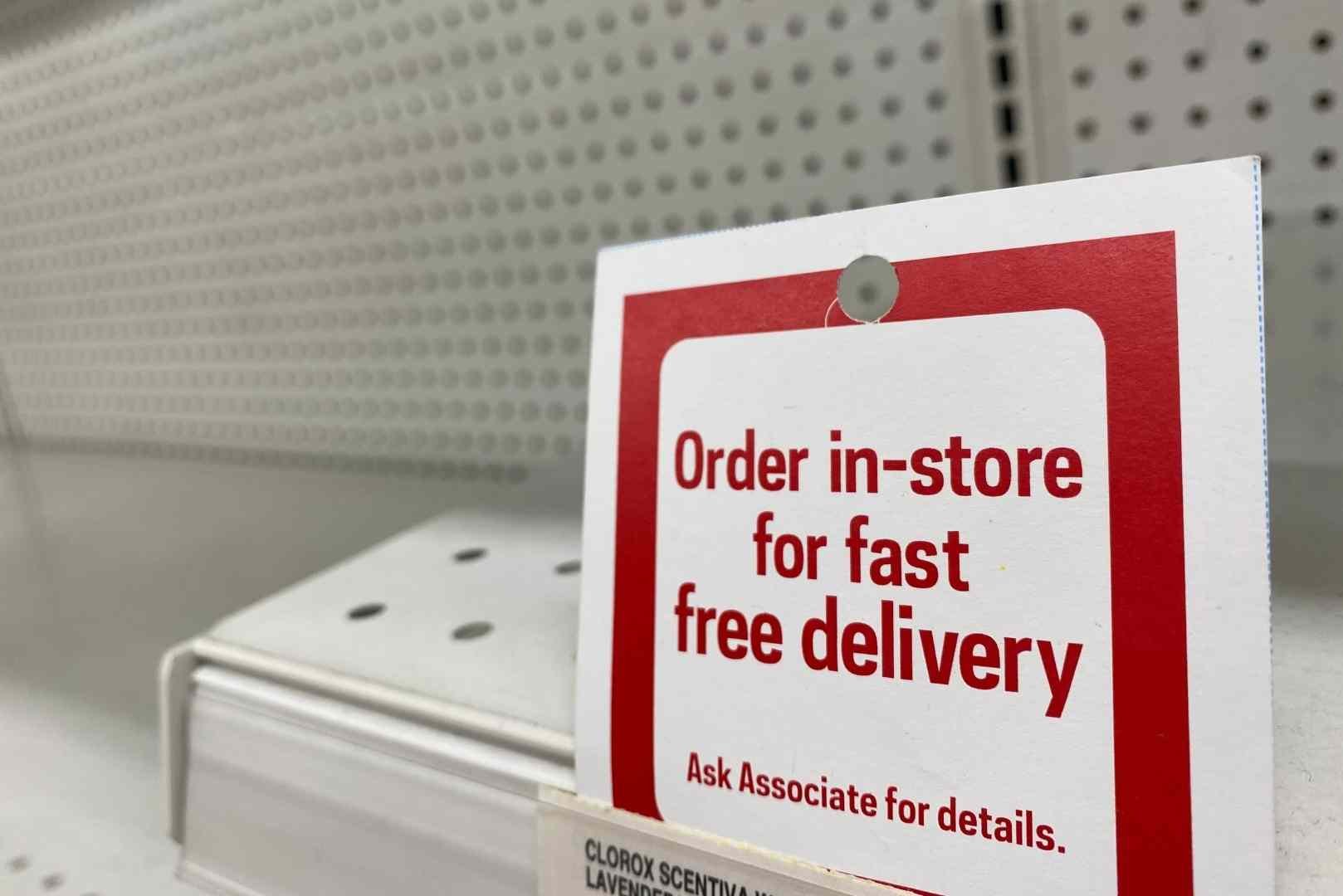In the light of the global supply chain issues we’ve experienced over the last few years, it’s no wonder there’s been a heightened interest in ecommerce backorders as a means to safeguard revenue. With product availability remaining uncertain for countless online stores and major marketplaces (Amazon included), business owners have had to choose between listing their products as totally unavailable or as backordered for the time being.
Not only does the latter option allow ecommerce sellers to maintain their revenue if (and when) supply chain problems emerge, but backordering also helps to increase product value, reduce common inventory costs, and boost inventory optimization with ease.
What is backordering?
Backordering is a retail process that lets customers place orders even if they cannot be fulfilled at the time of purchase (due to lack of available inventory). In other words, backorders are an indication the demand for a product outweighs its current supply. Many times, there’s not enough stock because of a manufacturing issue, low safety stock levels, or unusual demand. The amount of SKUs on backorder directly affects the time it takes for customers to receive their order; the higher the number of backordered items, the longer it’ll take to complete shipment.
How does backordering work?

To fully grasp how backordering works, it can be helpful to compare this process to the order fulfillment for in stock items. This way, you can note important differences between these two fulfillment styles, and perhaps determine which makes better sense for your business needs.
Order fulfillment process for in stock items:
Step 1: The customer orders an item from your company.
Step 2: A sales order is generated for the item ordered.
Step 3: The item is located in your inventory and matched with the sales order.
Step 4: The item is shipped and delivered to the customer to finalize fulfillment.
Order fulfillment process for out of stock items:
Step 1: The customer orders an item that is currently unavailable.
Step: 2: You open a backorder for the item that’s out of stock.
Step 3: The backorder is converted into a PO and sent to your vendor.
Step 4: Your vendor fulfills the purchase order you’ve requested.
Step 5: The item arrives at your warehouse, and you ship it to the customer.
Keep in mind that while both fulfillment methods result in delivered goods (and likely, satisfied customers), backordered items typically take a bit longer to achieve the same outcome. Even still, backordering is often leveraged by brands using a just-in-time (JIT) inventory management strategy, where goods are only received on demand to decrease inventory carrying costs.
Pros and cons of backordering

As is true of most inventory management techniques, backordering has its fair share of pros and cons for online stores. The positive qualities include enhanced inventory optimization, maintaining revenue when problems arise, and less need for excess storage space — while the negatives are things like the potential for lost sales or changes in customer loyalty.
Pro: Enhanced inventory optimization
When a sudden increase in sales happens, it usually means products are being sold faster than they’re being restocked. At times like this, it’s common for retailers to rely on a backordering system to deal with the surge in demand. That’s because backordered items allow for enhanced inventory optimization, since you can continue selling products regardless if there’s limited space or stock available. Backordering helps navigate unforeseen growth spurts by helping drive revenue while minimizing operational overhead (like storage fees) at the same time.
Con: Losing out on potential sales
For companies using backordered products, it’s understood there’s a greater chance for lost sales, cancellations, and/or refund requests. If customers don't have access to your products on a regular basis, it could mean they forego purchasing from your company — or that they cancel a pending order (and force you to issue a refund). In essence, when you have less inventory on hand and set a threshold for your reorder points, it gives customers a broader timeframe to search for alternative items, investigate other sellers, or ask for a refund from your brand.
Pro: Maintain revenue when problems arise
Not only does backordering support greater inventory optimization, but it mitigates supply chain challenges and disruptions, as well. When problems arise with production or manufacturing, backordered items ‘keep the lights on’ during these delays so you can still meet consumer demand; that is to say, backorders protect your bottom line even when things aren’t going according to plan with your supply chain. This is especially significant considering your cashflow can determine whether your company stays afloat or falls apart under the pressure.
Con: Changes in customer loyalty
Similar to losing out on potential sales, there are times when backorders can trigger a decrease in customer loyalty, too. As outlined above, when items are on backorder it gives your customer base an opportunity to look elsewhere during this interim period. For instance, a customer may grow impatient while they wait for their order to ship — especially if wait times are extended — and decide they’d rather purchase an item that’s already in stock. In this case, customers who were once loyal to your brand might shift their buying patterns in favor of your competitors.
Pro: Less need for excess storage space
Utilizing backorders is one of the best ways to sell products without having to store a large volume of inventory items. Retailers can collect backorders over a set period of time or until they reach a specific order count, making it easier to operate out of a smaller fulfillment location. Simply put, storing a small amount of stock (and having the rest on backorder) alleviates the need for excess storage space, thereby reducing holding costs. While shipping ordered products may run a little slower, the tradeoff is your warehousing fees will be much lower.
When does backordering make sense?

Despite the obstacles associated with backordering, the pros to this approach largely outweigh its cons. More specifically, backorders make an excellent choice for small businesses looking to increase their product value, cut down on costs, and understand purchasing trends.
Increases product value
Backorders help create excitement and urgency around products by feeding into the idea of FOMO — i.e. the fear of missing out — that’s perpetuated by social media and a scarcity mindset. This tactic has worked incredibly well for modern tech companies, like Apple, who rely on backorders each time they release a new product. In addition to stirring up customers’ curiosity, a backorder strategy also fuels customers’ desire to buy. In turn, shoppers perceive the value of iPhones and other Apple products as much higher than comparable devices.
Helps cut down on costs
The reality of operating a product-based brand is that the more inventory you have, the more space you’ll need to store it. Considering how expensive warehouse space can be, it probably comes as no surprise that limiting your storage needs will subsequently cut back your overhead costs. As an added bonus, fewer inventory costs translates to savings you can pass along to your customers — like lower price points or seasonal discounts. And if that wasn’t enough, backorders help eliminate overstock events, thus reducing warehousing fees even further.
Sheds light on purchasing trends
By integrating backorders into your existing inventory management system, you can gain tons of valuable insights on customer habits, buying trends, and how well a product is being received. With these statistics at your disposal, you can quickly identify high demand products and customer patterns to make more informed purchasing and replenishment decisions. What’s more, this inventory data can also reveal details on your inventory turnover ratio, so your company can work to reduce any obsolete or excess inventory that may have accumulated.
How Extensiv can help with backordering
Understand which items are suitable for backordering
Thanks to Extensiv Order Manager's (formerly Skubana) unique and unified inventory management platform, retailers can enjoy some much needed clarity around every stage of the supply chain. But in addition to uniting your ecommerce operations within this comprehensive dashboard, Extensiv also assists with inventory tracking, minimum order quantities, and production lead times across every supplier or distributor. This way, you have greater visibility to make data-driven decisions for your business, like which items are suitable for backordering versus which should be kept in stock.
Improve backordering and other inventory processes with automation
Extensiv Order Manager's advanced and innovative inventory management system is equipped with numerous automations to increase productivity, lower operational costs, and amplify business intelligence. By automating your inventory processes (rather than relying on error-prone spreadsheets), you can easily improve your efficiency when managing backorders. For example, Extensiv Order Manager's multifaceted automations offer notifications on your inventory levels, track your order status, and source real-time inventory data to ensure backorders are running as smoothly as possible.
Pinpoint what’s causing backorders to help scale and drive growth
There’s no doubt that every ecommerce company has ambitions to scale up and drive growth for their brand. Fortunately, Extensiv Order Managers has everything you need to grow your business well into the future. With Extensiv’s forecasting features, you can acquire relevant insights to guide your decision-making and pinpoint what’s causing backorders across each of your warehouses and channels. On top of that, retailers can continually track savings to better serve their customers — meaning more loyalty and retention in the long run.
How Tushy switched to a backorder model during a supply chain crisis
Following the toilet paper shortage in the spring of 2020, Tushy experienced an incredible surge in their bidet sales — which is why they partnered with Skubana (now Extensiv) to tackle this massive (and unexpected) influx of orders. Using automations for order control and order handling, Tushy was able to shift from on-demand fulfillment company to a backorder company in mere days. Not only did they scale 10x within just a few months, Tushy also optimized a brand new inbound and outbound supply chain they’re still using to this day.
-
You’ll read about:
Be the first to know
Subscribe to our newsletter





